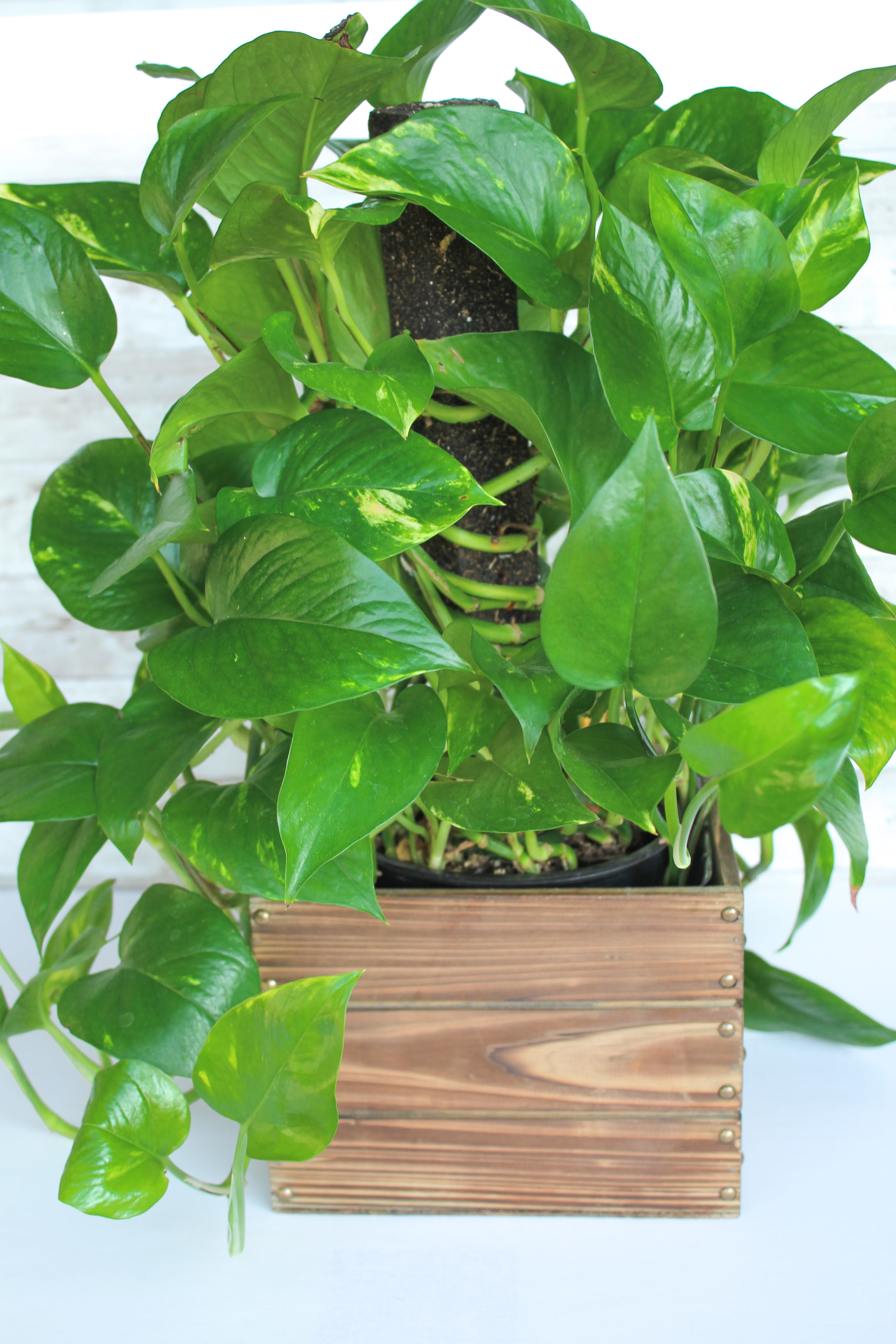How to Start an Indoor Vegetable Garden: A Comprehensive Guide

Are you dreaming of fresh, homegrown vegetables but lack the outdoor space? Welcome to the world of indoor vegetable gardening! Imagine transforming your living room into a lush, edible oasis. With a bit of know-how and the right tools, you can grow a thriving indoor garden that not only nourishes your body but also beautifies your home. Let's dive in and explore how to start an indoor vegetable garden.
Why Start an Indoor Vegetable Garden?
Indoor vegetable gardening offers numerous benefits. It allows you to grow fresh, organic produce year-round, regardless of the weather. Plus, it's a rewarding hobby that can reduce stress and enhance your home's aesthetic. Whether you live in an apartment or simply want to maximize your gardening space, indoor plants are a fantastic solution.
Essential Tools for Indoor Vegetable Gardening
Before you start, gather the essential tools:
- Containers: Choose pots or trays that are suitable for container gardening.
- Soil Mix: Opt for a well-draining, nutrient-rich soil mix.
- Grow Lights: Invest in grow lights to mimic natural sunlight.
- Watering Tools: A watering can or spray bottle will help maintain a consistent watering schedule.
Choosing the Right Plants
Not all vegetables thrive indoors. Here are some indoor-friendly options:
- Lettuce and Spinach: These leafy greens grow quickly and require minimal space.
- Herbs: Basil, parsley, and mint are easy to grow and add flavor to your meals.
- Tomatoes: Dwarf varieties like 'Patio' and 'Tiny Tim' are perfect for indoor gardening.
- Peppers: Compact pepper plants can produce a surprising amount of fruit.
Setting Up Your Indoor Garden
Location, Location, Location
Choose a spot with plenty of natural light, such as a south-facing window. If natural light is scarce, supplement with grow lights. These lights provide the full spectrum of light that plants need to grow.
Containers and Soil Mix
Select containers that are at least 6 inches deep and have drainage holes. Fill them with a high-quality potting mix designed for container gardening. This mix should be well-draining and rich in nutrients.
Planting Your Seeds
Follow the seed packet instructions for planting depth and spacing. Water the soil gently after planting to ensure good seed-to-soil contact.
Caring for Your Indoor Vegetable Garden
Watering Schedule
Consistency is key when it comes to watering. Check the soil moisture regularly and water when the top inch feels dry. Overwatering can lead to root rot, while underwatering can stunt growth.
Light Requirements
Most vegetables need at least 6-8 hours of light per day. If you're using grow lights, set them on a timer to ensure consistent lighting. Rotate your plants occasionally to ensure even light exposure.
Temperature and Humidity
Maintain a consistent temperature between 65-75°F (18-24°C). Use a humidifier if your home is dry, as many plants prefer a humidity level of around 40-60%.
Troubleshooting Common Issues
Pests and Diseases
Indoor plants are not immune to pests and diseases. Regularly inspect your plants for signs of infestation or illness. Use organic pesticides and fungicides to treat any issues promptly.
Nutrient Deficiencies
If your plants show signs of nutrient deficiency, such as yellowing leaves or stunted growth, consider using a liquid fertilizer. Follow the package instructions for proper application.
Harvesting Your Indoor Vegetables
The moment you've been waiting for—harvest time! Harvest your vegetables when they reach the desired size. For leafy greens, you can often harvest the outer leaves and allow the plant to continue growing.
Conclusion
Starting an indoor vegetable garden is a rewarding journey that brings fresh, organic produce right to your kitchen. With the right tools, a bit of patience, and a dash of love, you can transform your home into a thriving oasis. So, what are you waiting for? Grab your seeds and let's get growing!
FAQs
What are the best vegetables to grow indoors?
- Leafy greens like lettuce and spinach, herbs, dwarf tomatoes, and compact pepper plants are excellent choices for indoor gardening.
How much light do indoor vegetables need?
- Most vegetables require at least 6-8 hours of light per day. Supplement natural light with grow lights if necessary.
What is the ideal temperature for indoor plants?
- Maintain a consistent temperature between 65-75°F (18-24°C) for optimal growth.
How often should I water my indoor garden?
- Water when the top inch of soil feels dry. Consistency is key to avoid overwatering or underwatering.
Can I grow vegetables indoors without grow lights?
- While some plants can survive with natural light alone, grow lights are often necessary to provide the full spectrum of light that plants need to thrive.

/colorfulpots-56a6704a3df78cf7728deb0e.jpg)
By following these guidelines, you'll be well on your way to growing a successful indoor vegetable garden. Happy gardening!
0 Response to "How to Start an Indoor Vegetable Garden: A Comprehensive Guide"
Post a Comment